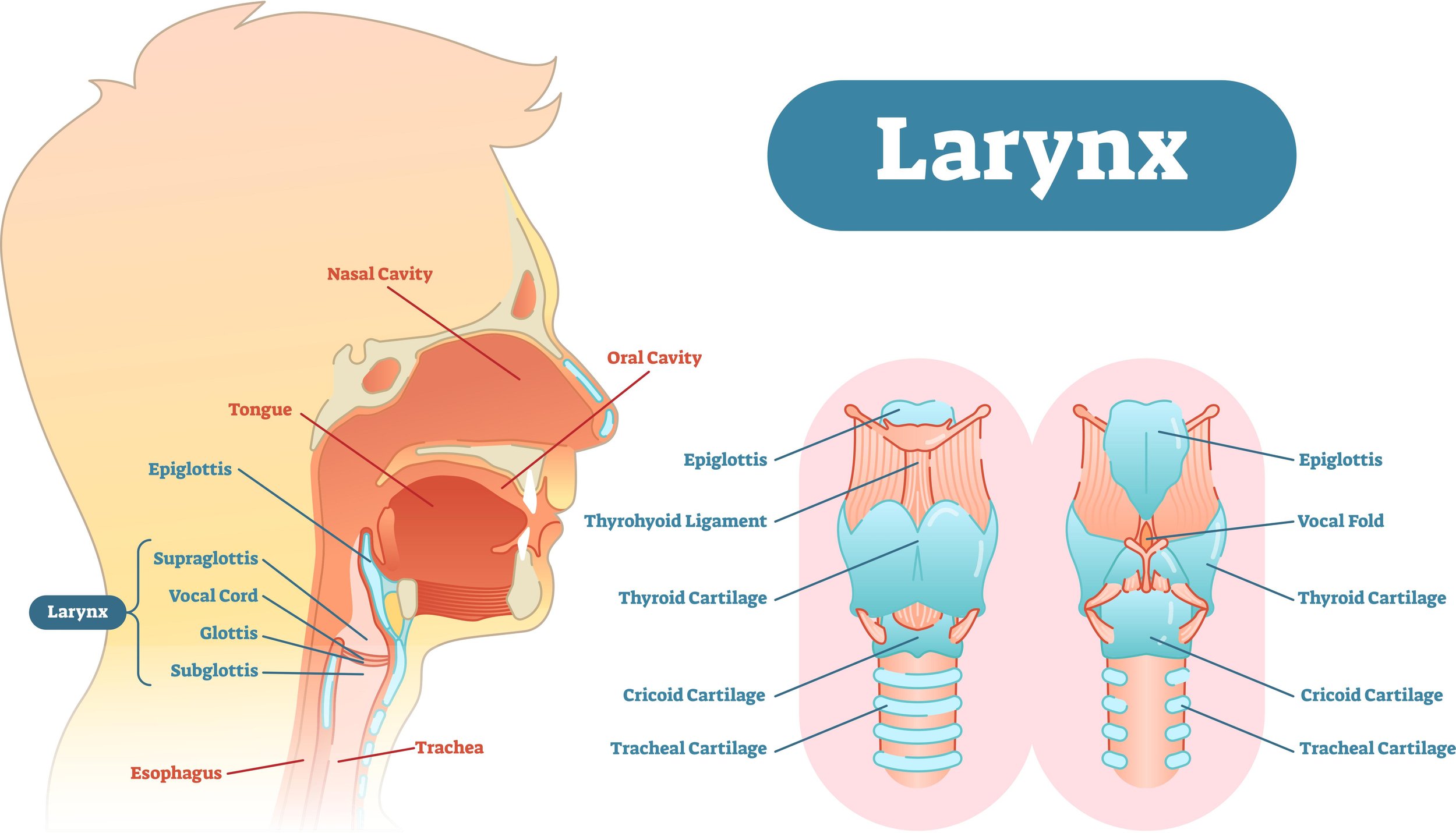Trans Voice: How to Match Pitch for Vocal Feminization
If you’re just beginning to feminize your voice, you have probably toyed with the idea of changing your pitch. Many clients of mine come to lessons worried that they are tone deaf, and will never be able to match pitches well enough to make any changes.
The truth is, I’ve never worked with someone who wasn’t able to learn how to match pitches! Despite what you may think, matching pitches is not an innate gift; it’s a skill that can be learned with practice!
Keep reading to learn more about pitch, and for some exercises to try!
What is pitch?
Pitch is the degree of highness or lowness of a tone. You can think about the difference between the notes of a violin and a bass. Our vocal pitch is created when the column of air from our lungs passes through our vocal folds, causing them to vibrate.
How do we measure pitch?
We measure pitch in hertz, which represents the number of cycles, or the number of times that the vocal folds collide and come apart each second. So when we say a tone is 220 hz, your vocal folds vibrate 220 times per second to maintain it.
We can also measure pitch in musical note names. The musical alphabet goes from A-G, and then repeats. One section of these notes is called an octave, because you’ll count up eight notes to get to the next one. We number the octaves as well, starting with 1 as the lowest. We call them C1, C2, C3, etc.
Check out this virtual keyboard to see how it works.
The musical notes names can also be described in hz. An A2 is 110 hz, and an A3 is 220 hz. So whatever the number of hz is for a note, you double it to get the same note in the next octave.
How To Find Your Habitual Speaking Range
To get started, it’s helpful to know what range you speak it now so you can learn about your voice and track your progress. This is called your habitual speaking range.
We’re going to figure that out using a pitch app. I use Voice Tools, which you can get for your apple products or your android, and is completely free.
When you open up the app, you can go to “tone”, and you’ll notice when you speak into it, it registers your pitch. Your pitch varies a lot when you speak, so you might notice it changing quite a bit.
Try saying the phrase “I like pie”, and hold out the last vowel sound so Voice Tools can register where you speak. You can try it a few times to see if it’s a similar pitch each time. So wherever you are, you’ve found your habitual speaking pitch!
How To Match Pitch
If you go to the “Tone” page on Voice Tools app, we can practice matching pitch. You can use whatever your habitual speaking note was. Start by playing the note and holding it, and trying to match the pitch with “mm-one”.
Once you feel comfortable with that, you can play the tone, stop it, and then match the pitch on “mm-one”.
The display will show you whether or not you’re on the pitch. The hertz will move a little bit, and if the note names are moving a little bit, that’s okay! Make sure to take a nice breath before hand and send your air forward. One thing that really helps me is to sing the note in my head before I sing it aloud.
Next, you can try moving up in pitch, and see what feels comfortable, uncomfortable, and just get to know the feeling of these different pitches in your body.
If you start to feel comfortable there, you can challenge yourself by jumping around from low notes to high notes - all around! Make sure that you aren’t sliding into the pitches, but are thinking about singing right in the center of the note.
As you feel more comfortable, you can work on maintaining your pitch by singing mm-one, mm-two, mm-three, mm-four, etc., all the way up to ten. Make sure that you’re taking nice low breaths, so we have consistent airflow, and always checking in by singing your note in your head first.
You’ve Got This!
I hope this helps you understand a little more about pitch is and how to make sure you’re matching it. Play around with your pitch app and get to know your voice! Thanks for reading!!
Ready to start your trans voice lessons? Click below to schedule!





















